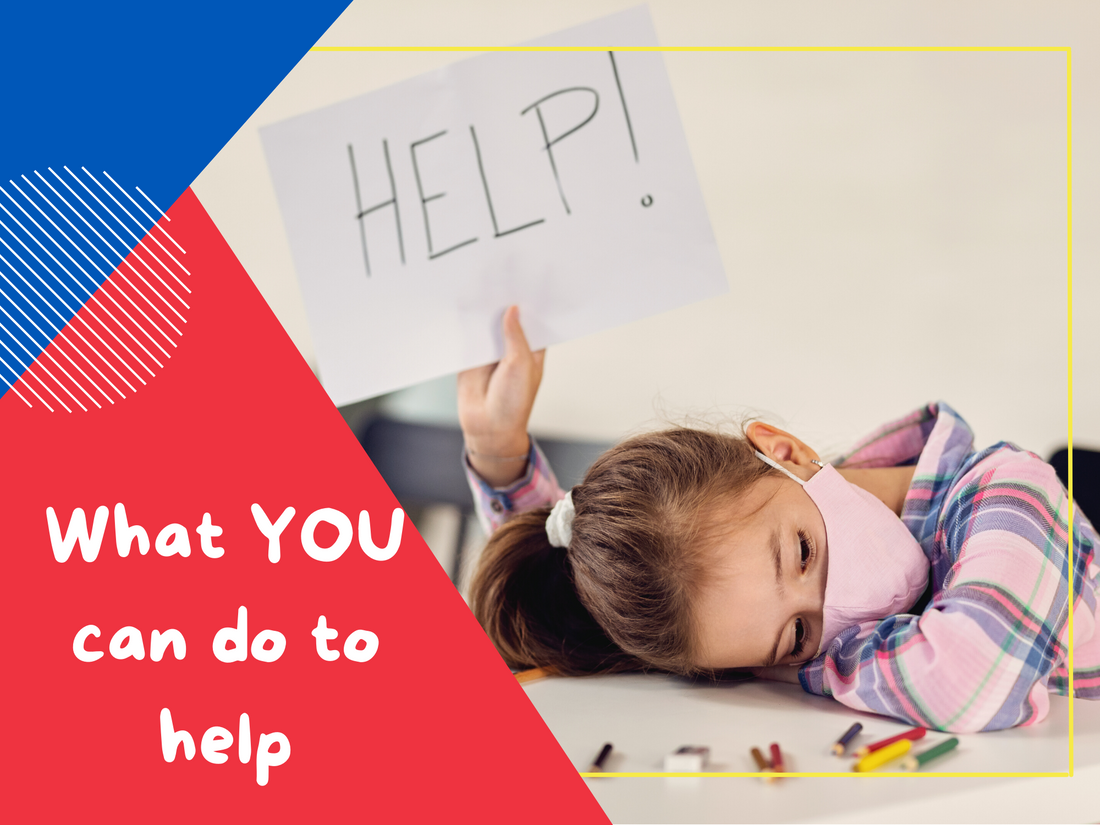Signs of Child Abuse and How to Help
Every child is the future of our community, our country, our world. What a child experiences at home and school shapes the adult they will become. Some things will teach them benevolence and compassion. Some things will empower them. And unfortunately, some things will create ghosts for them to struggle with all their lives.
What would you think of a child who came to school in the same pair of dirty pants each day? What if you didn’t like the child sitting near your desk because of the unpleasant odor hanging in the air? What if the child licked off the disposable lunch plate every day or broke the rules by continuously asking other students for food they are not eating?
2018 United States Child Abuse Statistics compiled data collected by each state’s child protective services show roughly 678,000 children in the US were determined to be victims of some sort of specific physical or psychological maltreatment in 2018. Roughly sixty-one percent were neglected, eleven percent - physically abused, and seven percent - sexually abused. The remaining twenty-one percent were victims of two or more types of child abuse.

Warning Signs of Child Abuse and Neglect
As a teacher, you can combat the ghosts before they fully form for abused children. The following red flags are signs to watch for in abused or neglected children.
Neglect
- Recurrently absent from school.
- Steals or begs money or food.
- Lacks dental or medical care, resulting in physical or mental problems.
- Consistently dirty, severe body odor, or smell like urine.
- Lacks warm clothing for winter weather.
- States there is no one home to fix meals, wash clothes, or help with homework.
Physical Abuse
- Unexplained bites, bruises, broken bones, burns, or black eyes.
- Faded bruises or marks after being absent from school.
- Frightened of parent or caregiver and protests or cries when it is time to go home.
- Shrinks at the approach of adults.
- Talks about injuries or injuries of other family members.
Sexual Abuse
- Has difficulty sitting or walking.
- Reports bedwetting or vivid nightmares.
- Sudden appetite changes.
- Demonstrates unusual sexual knowledge for their age or sexual activity.
- Runs Away.
Emotional Abuse
- Shows extremes in behavior being overly demanding or overly compliant.
- Is either inappropriately infantile (rocking or head-banging) or adult (parenting other children).
- Has delayed physical or emotional development.
- History of attempted suicide.
- Lacks attachment to parents or caregivers.

Signs of an Abusive Adult
If you begin to suspect child abuse, pay close attention to the child’s parents or caregiver. An abusive adult often shows certain traits depending on the type of abuse going on.
An Adult who Neglects a Child
- May appear indifferent to the child.
- Can behave irrationally or bizarre.
- May be abusing alcohol or other drugs.
- Doesn’t follow up with appropriate professionals for the child’s emotional or medical problems brought to their attention by you or other school authorities.
A Physical Abuser
- Offers conflicting or unconvincing explanations of the child’s injuries.
- Often describes the child in negative ways.
- Employes harsh physical discipline.
- Has a history of being abused as a child.
A Sexual Abuser
- Is unduly protective of the child and may severely limit the child’s contact with other children especially those of the opposite sex.
- Appears secretive and isolating.
- Controls family members including who they talk to and where they go.
An Emotional Abuser
- Constantly blames the child or belittles him/her.
- Appears completely unconcerned about the child’s educational progress.
Ending the Cycle of Child Abuse
Ending abusive cycles involves both the abuser and the abused. Both need help, healing, and hope.
In many cases, an abusive adult was neglected or abused as a child. They often lack the education and support needed to banish their ghosts and make changes in their current behavior.

When you act on growing suspicions or uneasiness, you become a big part of ending the abuse cycle. In the initial stages, you might like to confidentially talk to a professional crisis counselor. You can do so twenty-four hours a day, seven days a week in over 170 languages by calling or texting the Childhelp National Child Abuse Hotline: 1-800-4-A-CHILD or 1-800-422-4453.
This hotline offers information, crisis intervention, and referrals to emergency, social services, and support resources. However, it is not the right place to report suspected child abuse or neglect.
How to report suspected child abuse or neglect varies by state. A simple internet search including the state name along with the statement, How to Report Child Abuse, will give the correct reporting information for your state.
What to Report
Provide a complete and honest account of what you have observed to suspect maltreatment of the child. As a teacher, you may be included on your state’s list of mandatory reporters when suspecting the abuse or neglect of a child.
Now What?
Child Protective Services will investigate. Follow your instincts or any promptings you receive to benefit the child. Doing so will help break the cycle of abuse, free ghosts, and empower a child for the good of our community, our country, and our world.

Article by Miss Jae
Sources
Sellgren, Katherine. “NICE Advice to Look for ‘Soft’ Signs of Child Abuse.” BBC News. 2017. https://www.bbc.com/news/education-39038529
Lewis, Beth. “7 Signs of Possible Trouble at Home Teachers Should Know.” ThoughtCo. 2019. https://www.thoughtco.com/7-signs-of-trouble-at-home-child-depression-or-abuse-2081929
“Recognizing Child Abuse and Neglect: Signs and Symptoms.” Child Welfare Information Gateway. 2007. https://www.childwelfare.gov/pubPDFs/signs.pdf
“How to Report Suspected Child Maltreatment.” Child Welfare Information Gateway. https://www.childwelfare.gov/topics/responding/reporting/how/
“Child Abuse, Neglect Data Released.” Administration for Children and Families. 2020. https://www.acf.hhs.gov/media/press/2020/child-abuse-neglect-data-released
The content of Teacher Power’s website is for information only, not advice or guarantee of outcome. Information is gathered and shared from reputable sources; however, Teacher Power is not responsible for errors or omissions in reporting or explanation. No individuals, including those taking Teacher Power products, should use the information, resources or tools contained within to self-diagnosis or self-treat any health-related condition. Teacher Power gives no assurance or warranty regarding the accuracy, timeliness or applicability of the content.

